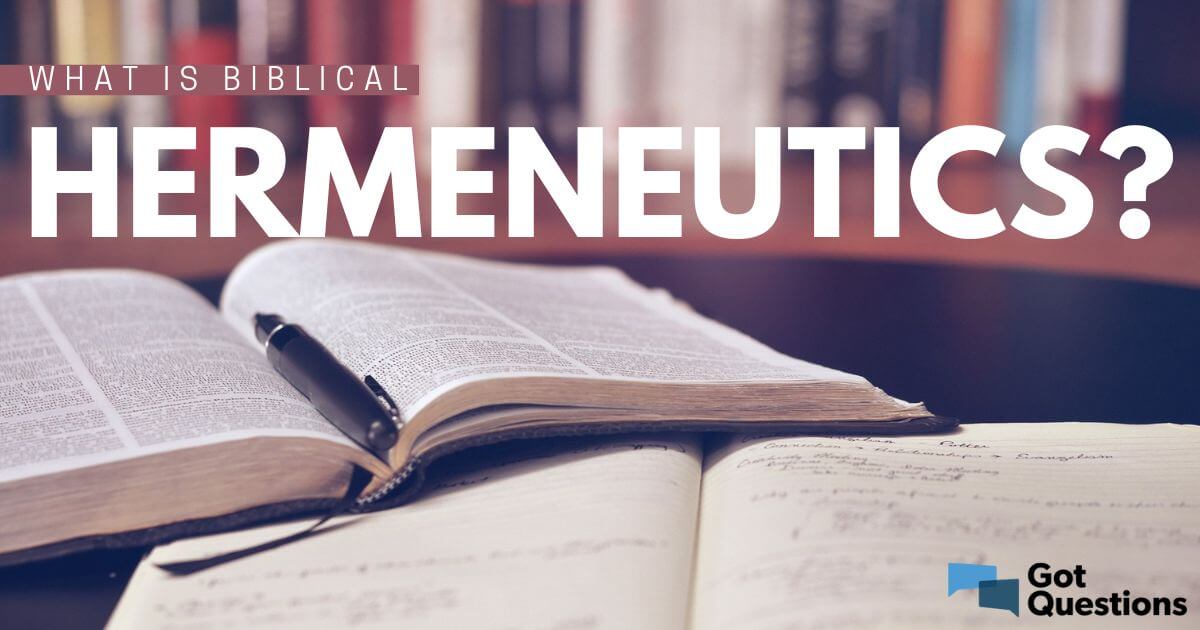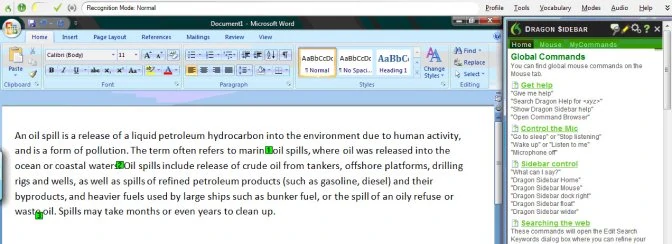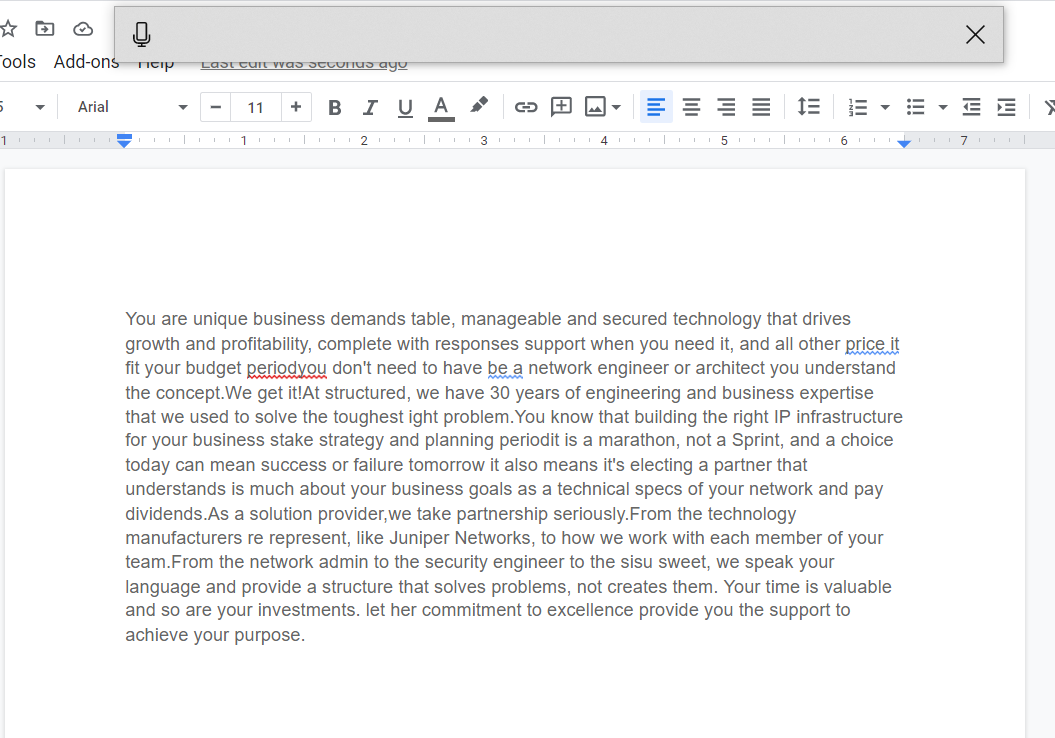Designed using a Nuance Deep Learning technology, Dragon quickly transcribes words into text 3x faster than typing with up to 99% recognition accuracy. Dictate homework assignments, send e-mail, surf the web and more - all by voice. Product description Dragon Home v15 speech recognition helps you get more done on your PC by voice. Dictate documents, send email, search the web, and more. Designed using Nuance Deep Learning technology, it delivers up to 99% recognition accuracy, adapts to different accents, and even works in noisy environments. That Dragon Medical One is a somewhat pared down version of Dragon and does not include many of the advanced functionalities seen in the full version of Dragon NaturallySpeaking. Among the things that it cannot do are the following: 1. Accept digital speech files/recordings from a recorder or mobile phone (a mobile phone can. With a next-generation speech engine leveraging Deep Learning technology, Dragon adapts to your voice or environmental variations—even while dictating. Dictate at the speed of thought Dragon intelligently transcribes your spoken words into text 3x faster than typing with up to 99% recognition accuracy.
| Developer(s) | Nuance Communications |
|---|---|
| Initial release | June 1997; 23 years ago |
| Stable release | 15 / September 2016; 4 years ago |
| Operating system | Microsoft Windows, macOS |
| Available in | 8 languages |
| Type | Speech recognition |
| License | Proprietary |
| Website | www.nuance.com |
Dragon NaturallySpeaking (also known as Dragon for PC, or DNS)[1] is a speech recognition software package developed by Dragon Systems of Newton, Massachusetts, which was acquired first by Lernout & Hauspie Speech Products and later by Nuance Communications. It runs on Windowspersonal computers. Version 15 (Professional Individual and Legal Individual),[2] which supports 32-bit and 64-bit editions of Windows 7, 8 and 10, was released in August 2016.[3][4] The macOS version is called Dragon Professional Individual for Mac, version 6[5] or Dragon for Mac.
Features[edit]

Dragon NaturallySpeaking uses a minimal user interface. As an example, dictated words appear in a floating tooltip as they are spoken (though there is an option to suppress this display to increase speed), and when the speaker pauses, the program transcribes the words into the active window at the location of the cursor. (Dragon does not support dictating to background windows.) The software has three primary areas of functionality: voice recognition in dictation with speech transcribed as written text, recognition of spoken commands, and text-to-speech: speaking text content of a document. Voice profiles can be accessed by different computers in a networked environment, although the audio hardware and configuration must be identical to those of the machine generating the configuration. The Professional version allows creation of custom commands to control programs or functions not built into NaturallySpeaking.
History[edit]
Dr. James Baker laid out the description of a speech understanding system called DRAGON in 1975.[6] In 1982 he and Dr. Janet M. Baker, his wife, founded Dragon Systems to release products centered around their voice recognition prototype.[7] He was President of the company and she was CEO.
DragonDictate was first released for DOS, and utilized hidden Markov models, a probabilistic method for temporal pattern recognition. At the time, the hardware was not powerful enough to address the problem of word segmentation, and DragonDictate was unable to determine the boundaries of words during continuous speech input. Users were forced to enunciate one word at a time, clearly separated by a small pause after each word. DragonDictate was based on a trigram model, and is known as a discrete utterance speech recognition engine.[8]

Dragon Systems released NaturallySpeaking 1.0 as their first continuous dictation product in 1997.[9]
Joel Gould was the director of emerging technologies at Dragon Systems. Free fb auto liker for windows and for mac. Gould was the principal architect and lead engineer for the development of Dragon NaturallyOrganized (1.0), Dragon NaturallySpeaking Mobile Organizer (3.52), Dragon NaturallySpeaking (1.0 through 2.02), and DragonDictate for Windows (1.0). Ap 5131 firmware update. Gould also designed the tutorials in both DragonDictate for DOS version 2.0 and Dragon Talk.[citation needed]

The company was then purchased in June 2000 by Lernout & Hauspie, a Belgium-based corporation that was subsequently found to have been perpetrating financial fraud.[10] Following the all-share deal advised by Goldman Sachs, Lernout & Hauspie declared bankruptcy in November 2000. The deal was not originally supposed to be all stock and the unavailability of the Goldman Sachs team to advise concerning the change in terms was one of the grounds of the Bakers' subsequent lawsuit. The Bakers had received stock worth hundreds of millions of US dollars, but were only able to sell a few million dollars' worth before the stock lost all its value as a result of the accounting fraud. The Bakers sued Goldman Sachs for negligence, intentional misrepresentation and breach of fiduciary duty, which in January 2013 led to a 23-day trial in Boston. The jury cleared Goldman Sachs of all charges.[11] Following the bankruptcy of Lernout & Hauspie, the rights to the Dragon product line were acquired by ScanSoft of Burlington, Massachusetts, also a Goldman Sachs client. In 2005 ScanSoft launched a de facto acquisition of Nuance Communications, and rebranded itself as Nuance.[12]
As of 2012 LG Smart TVs include voice recognition feature powered by the same speech engine as Dragon NaturallySpeaking.[13]
Versions[edit]
| Dragon Naturally Speaking Version | Release date | Editions | Operating Systems Supported |
|---|---|---|---|
| 1.0 | April 1997 | Personal | Windows 95, NT 4.0. |
| 2.0 | November 1997 | Standard, Preferred, Deluxe | Windows 95, NT 4.0 |
| 3.0 | October 1998 | Point & Speak, Standard, Preferred, Professional (with optional Legal and Medical add-on products) | Windows 95, 98, NT 4.0. |
| 4.0 | August 4, 1999 | Essentials, Standard, Preferred, Professional, Legal, Medical, Mobile | Windows 95, 98, NT 4.0 SP3+. |
| 5.0 | August 2000 | Essentials, Standard, Preferred, Professional, Legal, Medical | Windows 98, Me, NT 4.0 SP6+, 2000. |
| 6.0 | November 15, 2001 | Essentials, Standard, Preferred, Professional, Legal, Medical | |
| 7.0 | March 2003 | Essentials, Standard, Preferred, Professional, Legal, Medical | Windows 98SE, Me, NT4 SP6+, 2000, XP. |
| 8.0 | November 2004 | Essentials, Standard, Preferred, Professional, Legal, Medical | Windows Me (Only Standard and Preferred editions), Windows 2000 SP4+, Windows XP SP1+. |
| 9.0 | July 2006 | Standard, Preferred, Professional, Legal, Medical, SDK client, SDK server, | Windows 2000 SP4+, XP SP1+. |
| 9.5 | January 2007 | Standard, Preferred, Professional, Legal, Medical, SDK client, SDK server | Windows 2000 SP4+, XP SP1+, Vista (32-bit). |
| 10.0 | August 7, 2008 | Essentials, Standard, Preferred, Professional, Legal, Medical | Windows 2000 SP4+, XP SP2+ (32-bit), Vista (32-bit). Server 2003. |
| 10.1 | March 2009 | Standard, Preferred, Professional, Legal, Medical | Windows 2000 SP4+, XP SP2+ (32-bit), Vista (32-bit and 64-bit), Windows 7 (32 and 64-bit). Server 2003. |
| 11.0 | August 2010 | Home, Premium, Professional, Legal | Windows XP SP2+ (32-bit), Vista SP1+ (32-bit and 64-bit), 7 (32 and 64-bit). Server 2003, 2008. |
| 11.0 | 2011 | SDK client (DSC), SDK server (DSS) | Windows XP SP2+ (32-bit only), Vista SP1+ (32-bit and 64-bit), Windows 7 (32-bit and 64-bit), Windows Server 2003 and 2008, SP1, SP2 and R2 (32-bit and 64-bit) |
| 11.5 | June 2011 | Home, Premium, Professional, Legal | Windows XP SP2+ (32-bit), Vista SP1+ (32-bit and 64-bit), 7 (32 and 64-bit). Server 2003, 2008. |
| 11.0 | August 2011 | Medical (Dragon Medical Practice Edition) | Windows XP SP2+ (32-bit), Vista SP1+ (32-bit and 64-bit), 7 (32 and 64-bit). Server 2003, 2008. |
| 12.0 | October 2012 | Home, Premium, Professional, Legal | Windows XP SP3+ (32-bit), Vista SP2+ (32-bit and 64-bit), 7 (32 and 64-bit), 8 (32 and 64-bit). Server 2008, Server 2008 R2, Server 2012. |
| 12.5 | February 2013 | Home, Premium, Professional, Legal | Windows XP SP3+ (32-bit), Vista SP2+ (32-bit and 64-bit), 7 (32 and 64-bit), 8 (32 and 64-bit). Server 2008, Server 2008 R2, Server 2012. |
| 12 | June 2013 | Medical (Dragon Medical Practice Edition 2) | Windows XP SP3+ (32-bit), Vista SP2+ (32-bit and 64-bit), 7 (32 and 64-bit), 8 (32 and 64-bit). Server 2008, Server 2008 R2, Server 2012. |
| 13 | August 2014 | Home, Premium, Professional, and Legal. | 7 (32 and 64-bit), 8.1 (32 and 64-bit). Server 2008, Server 2008 R2, Server 2012. Mac OS X 10.6+ (Intel Processor) |
| 13 | September 2015 | Medical (UK, French, German) (Dragon Medical Practice Edition 3) | 7 (32 and 64-bit), 8.1 (32 and 64-bit), 10 (32 and 64-bit). Server 2008, Server 2008 R2, Server 2012. Mac OS X 10.6+ (Intel Processor) |
| 14 | September 2015 | Professional (individual, and Group) | 7 (32 and 64-bit), 8.1 (32 and 64-bit), 10 (32 and 64-bit). Server 2008, Server 2008 R2, Server 2012. Mac OS X 10.6+ (Intel Processor). Server 2008, Server 2008 R2, Server 2012. |
| 15 | August 16, 2016 | Dragon Professional Individual; Dragon Legal Individual; Dragon Professional Individual for Mac (version 6) | |
| 15 | May 1, 2017 | Dragon Professional Group (Languages: English US and German only) | |
| 15 | January 22, 2018 | Dragon Medical Practice Edition 4 (Languages: English US) |
Dragon NaturallySpeaking 12 is available in the following languages: UK English, US English, French, German, Italian, Spanish, Dutch, and Japanese (aka 'Dragon Speech 11' in Japan).
See also[edit]
Notes[edit]

References[edit]
- ^Sarnataro, Valerie (2012-11-08). 'Dragon NaturallySpeaking (DNS) 12 Review'. technologyguide.com. Technology Guide. Retrieved 2013-07-25.
- ^'Nuance Announces Major New Releases of Dragon for Windows and Mac OS X'. Retrieved 2016-08-22.
- ^'Nuance product support for Microsoft Windows Vista'. Archived from the original on 2009-12-15. Retrieved 2009-12-15.
- ^'Nuance product support for Microsoft Windows 7'. 2010. Retrieved 16 Aug 2010.
- ^'Nuance Announces Major New Releases of Dragon for Windows and Mac OS X'. 2016. Retrieved 2016-08-22.
- ^Baker, James K. (1975). 'The DRAGON System - An Overview'. IEEE Transactions on Acoustics, Speech, and Signal Processing. 23 (1): 24–29. doi:10.1109/TASSP.1975.1162650.
- ^'History of Speech Recognition and Transcription Software'. Retrieved 2013-07-12.
- ^'DragonDictate product information'. Retrieved 2010-02-03.
- ^'Dragon NaturallySpeaking 1.0 released'. Retrieved 2010-02-03.
- ^'Dragon Systems purchased by Lernout & Hauspie'. New York Times. 2001-05-07. Retrieved 2010-02-03.
- ^'Goldman Is Cleared Over a Sale Gone Awry'. New York Times. 2013-01-23. Retrieved 2013-01-23.
- ^'ScanSoft and Nuance to Merge'. 2005-05-09. Archived from the original on 2010-05-28. Retrieved 2010-02-03.
- ^'Samsung and LG smart TVs share your voice data behind the fine print'. ConsumerReports. 2015-02-09. Retrieved 2016-06-10.
External links[edit]

- Official website for Nuance Communications
Dragon Home Speech To Text




